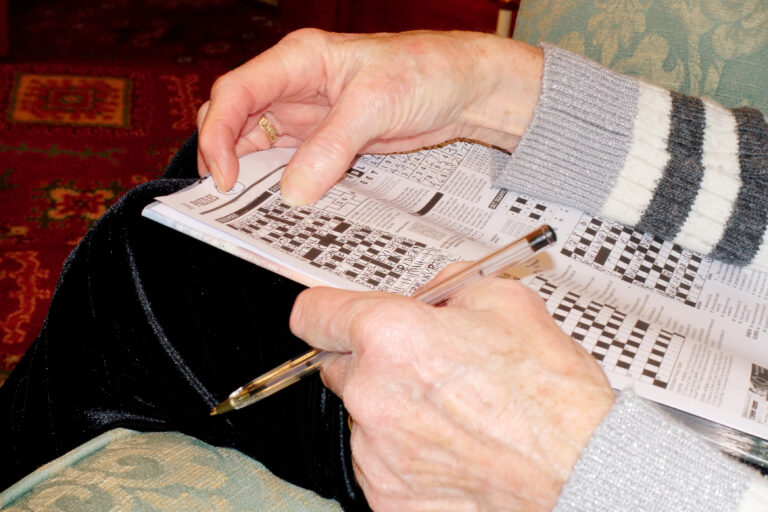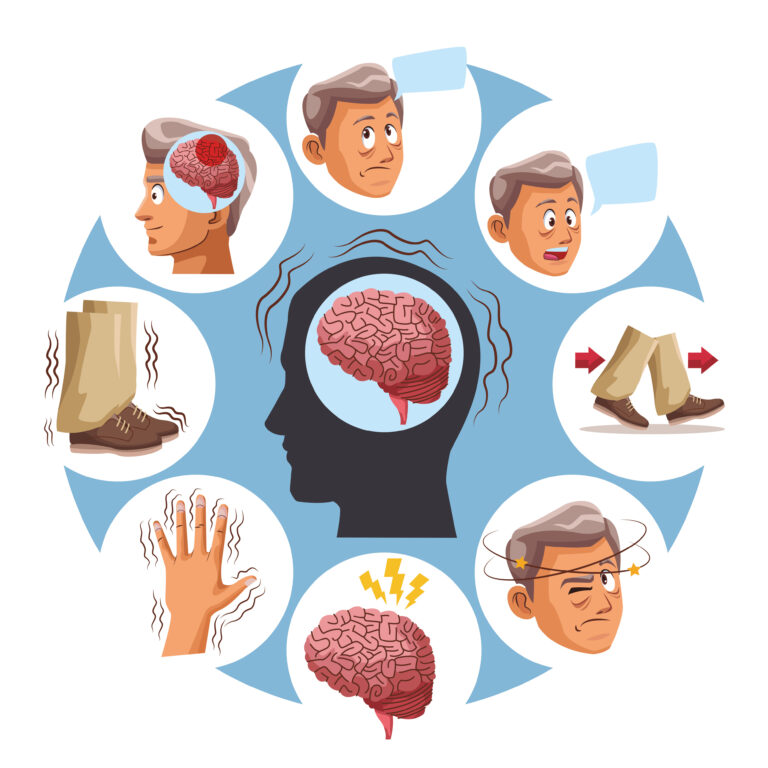Alzheimer’s disease is a debilitating condition that affects millions of people worldwide. It is a progressive disease that primarily affects the brain, leading to memory loss and difficulties with daily tasks. One of the challenges that Alzheimer’s patients face is using household items, such as jar openers. As caregivers or family members, it can be difficult to assist someone with Alzheimer’s, especially when it comes to tasks that require fine motor skills. However, with some patience and understanding, it is possible to help a person with Alzheimer’s use a jar opener effectively. In this article, we will discuss some tips on how to help a person with Alzheimer’s use a jar opener.
Understand the limitations of Alzheimer’s disease
Before attempting to assist someone with Alzheimer’s in using a jar opener, it is essential to understand the limitations of the disease. Alzheimer’s primarily affects the brain, making it difficult for patients to remember how to perform tasks they were once familiar with. It can also affect their motor skills, making it challenging to manipulate objects. Therefore, it is important to approach the task with patience and understanding, as it may take some time for them to grasp the process.
Choose the right jar opener
There are many different types of jar openers available on the market, from manual to electric. When choosing a jar opener for someone with Alzheimer’s, it is important to consider their individual needs and abilities. For example, if they have trouble with fine motor skills, an electric jar opener may be the best option. It is also important to ensure that the jar opener is easy to use and has clear instructions.
Explain and demonstrate
When introducing the jar opener to the person with Alzheimer’s, it is essential to explain and demonstrate how to use it. Use simple and clear language and guide them through each step slowly. You may need to repeat the instructions multiple times and provide physical guidance to help them understand better. It may also be helpful to break down the process into smaller, more manageable steps.
Provide physical support
As mentioned earlier, Alzheimer’s can affect motor skills, making it difficult for patients to use their hands effectively. As a caregiver or family member, you may need to provide physical support by gently guiding their hand through the motion of using the jar opener. This will help them understand the movement and build muscle memory.
Use visual aids
Visual aids can be a powerful tool in helping someone with Alzheimer’s use a jar opener. You can create simple step-by-step instructions with pictures or use color coding to help them understand the process better. You can also label the different parts of the jar opener to make it easier for them to identify and use.
Practice regularly
Consistency is key when it comes to helping someone with Alzheimer’s use a jar opener. It may take time for them to remember the steps and develop muscle memory, so it is important to practice regularly. Repetition is key in helping them feel more comfortable and confident in using the jar opener. Over time, they may be able to use it independently with minimal assistance.
Be patient and encouraging
Caring for someone with Alzheimer’s can be challenging, but it is crucial to remain patient and encouraging. It may take some time for them to learn how to use the jar opener, and there may be setbacks along the way. It is important to remain positive and celebrate small victories. Your support and encouragement can go a long way in helping them feel confident and independent.
In conclusion, assisting someone with Alzheimer’s in using a jar opener may seem like a daunting task, but with patience and understanding, it is possible. Remember to choose the right jar opener, explain and demonstrate, provide physical support, use visual aids, practice regularly, and be patient and encouraging. By following these tips, you can help your loved one maintain their independence and make their daily tasks easier.





